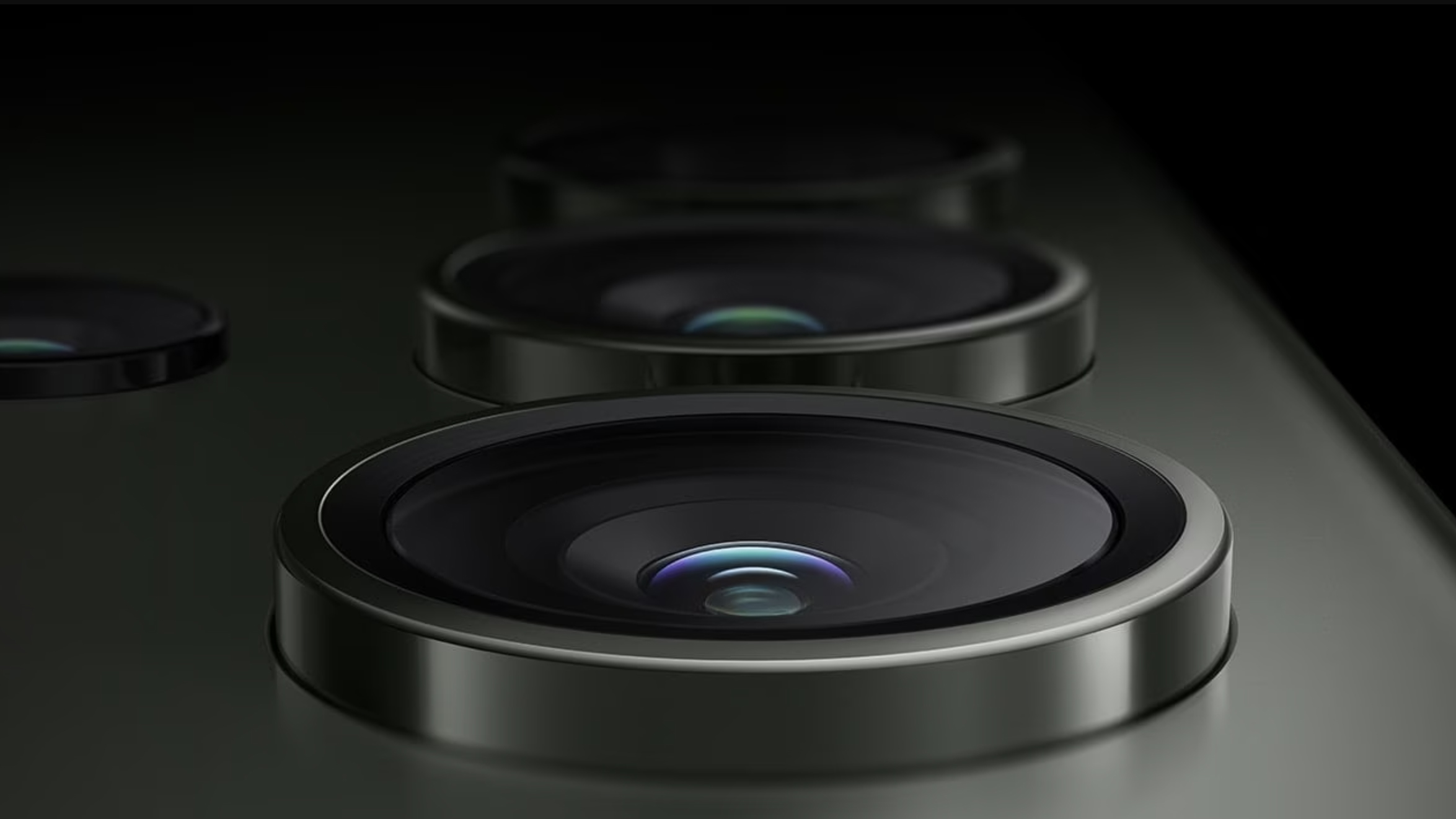Why you shouldn't care that the Samsung Galaxy S24 might not get a new camera
Rumor has it the next Samsung flagship phone could reuse the camera from the S23 Ultra, but IT DOESN'T MATTER!

Rumors are surfacing that next year's Samsung Galaxy S24 Ultra will use the same primary image sensor as that in the S23 Ultra, and even the following flagship Samsung phone, the S25 Ultra, may likely retain the current 200MP ISOCELL HP2 image sensor.
This isn't entirely unexpected, as we've already seen Samsung carry over the 108MP camera from the Galaxy S20 Ultra into the S21 Ultra and S22 Ultra - another three-generation sensor life cycle. Google also has form with using the same image sensor hardware in its Pixel phones, with four generations (Pixel 2 - Pixel 5) receiving the same 12.2MP, 1/2.55" sensor.
Not only might the main rear-facing camera of the S24 Ultra be a carry-over from the S23, so too could the selfie camera - the same 12MP, f/2.2 module making a reappearance, according to Dutch publication GalaxyClub.
Why doesn't every new flagship phone generation get a new camera sensor?
In the world of 'conventional' interchangeable lens cameras, a new camera model is more likely to get the same sensor as was in the preceding generation than a new sensor. Even if a new sensor is introduced, you can bet on it being a 'hand-me-down' from whatever camera was next up the camera hierarchy the previous year. Furthermore, in the phone sector, we've reached a point where the usual metrics of camera sensor performance - megapixel count, physical sensor size - seem to have plateaued (watch me eat those words in a few years!).
The 1-inch sensor (it's not really as large as an inch - this is a marketing bugbear of mine) has long been the holy grail sensor size for a phone camera, but only a few phones pack such a sensor, and the likes of Apple, Google and Samsung don't seem to be rushing to get on the 1-inch bandwagon, let alone coming up with an even bigger sensor. This is to be expected, given an even larger sensor would demand even more space inside an already cramped phone chassis. Also consider that a larger sensor demands a larger camera lens to avoid vignetting, and a larger camera lens has the potential to increase the thickness of the camera 'bump' on the rear of the phone - not good news when users seem to value a phone that's as slim as possible.
Then there's the megapixel race. We all gasped when Samsung dropped its 108MP sensor - who the heck needs such a high pixel count in a phone?! And then seemingly the next day it ups the ante with a 200MP chip. Mind=blown. But, there must surely be a limit to how small image sensor manufacturers can actually make individual sensor light-receiving photosites ('pixels'). Each photosite on a 200MP, 1/1.3" ISOCELL HP2 sensor (the primary image sensor in the S23 Ultra, and reportedly the upcoming S24 Ultra) measures a mere 0.6µm. That's small even if we were working in millimeters, but remember we're talking about micrometers here, and 1 micrometer is equivalent to 0.001 millimeters. So a single 'pixel' on that 200MP sensor measures an almost inconceivably small 0.0006 mm, or to put it another way, around 200x smaller than the thickness of a human hair strand! What's more, even if the technology did/does exist to produce an even higher pixel density, there's no guarantee this would have a noticeable benefit in terms of image quality.
Is it a problem to reuse older camera sensors?
Not necessarily. The camera hardware we current have is already superb. It's so good that the conventional compact camera market is all but extinct, and even interchangeable lens cameras with much larger sensors don't always provide a meaningful image quality improvement over a phone, at least in some scenarios.
The best camera deals, reviews, product advice, and unmissable photography news, direct to your inbox!
Which leads us to the main reason why new flagship camera phones have the potential to produce comparable results to a big-ass semi pro camera, and also why you really shouldn't pay too much attention to a phone's camera hardware: its image processing software.
We're now seeing the immense power of AI in terms of image generation, but it's been a driving force behind camera phone image quality for years, with arguably Google demonstrating it best. Despite a phone like the Pixel 5 using a relatively small 1/2.55" sensor, Google was able to program it to produce images with as much - if not more - detail than contemporary rival phones with larger sensors, seemingly defying the laws of conventional camera physics in the process. Effective noise reduction algorithms, intelligent exposure metering, HDR algorithms, realistic skin smoothing filters, accurate subject detection for improved AF accuracy and shallow depth of field effects: it all comes down to which phone manufacturer can develop the most intelligent photo processing software; not the largest or most pixel-packed image sensor.
So the next time there's a news story about a new flagship phone not getting a new camera sensor; it's really nothing to worry about, and it certainly doesn't have to mean that such a phone won't produce superior image quality.
Read more:
The best camera phones
The best burner phones
Which is the best iPhone for photography?
The best TikTok lights
Best camera for TikTok
Ben is the Imaging Labs manager, responsible for all the testing on Digital Camera World and across the entire photography portfolio at Future. Whether he's in the lab testing the sharpness of new lenses, the resolution of the latest image sensors, the zoom range of monster bridge cameras or even the latest camera phones, Ben is our go-to guy for technical insight. He's also the team's man-at-arms when it comes to camera bags, filters, memory cards, and all manner of camera accessories – his lab is a bit like the Batcave of photography! With years of experience trialling and testing kit, he's a human encyclopedia of benchmarks when it comes to recommending the best buys.






